Unesco Sites
Italy has among the most UNESCO sites in the world with 55.
Sicily, steeped in varied treasures from different influences and famous for its natural beauty, boasts the most of any Italian region. The island is home to several UNESCO World Heritage Sites that are a testament to the unique blend of civilizations that have left their mark on Sicily over the centuries.
UNESCO was created in 1945 as a way to help ensure the preservation of the worlds natural, cultural, and intellectual heritage.
UNESCO World Heritage Sites in Sicily
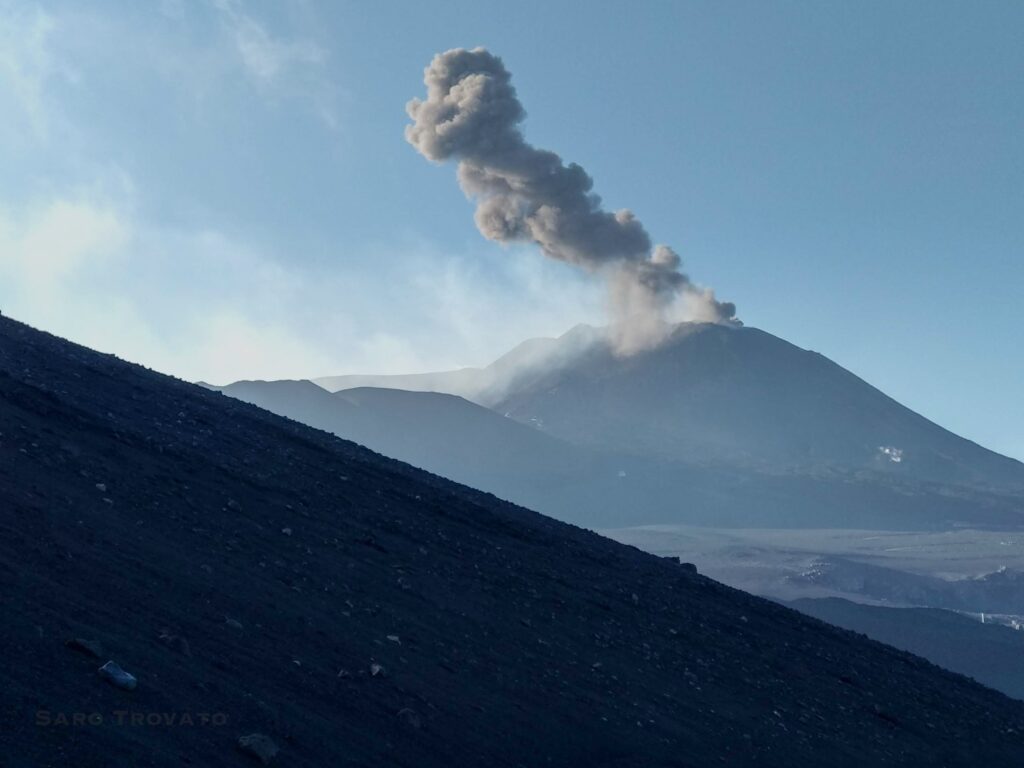
Mount Etna – 2013
Mount Etna is included on the UNESCO World Heritage list for its important geological, scientific, and cultural value. At 500,000 years old, Mount Etna is the most active and the highest volcano in Europe (10,000 feet). The word Etna means to burn in the ancient Phoenician language. This volcano is feared and revered but its naturally destructive nature also gives Sicily fertile land rich of minerals.
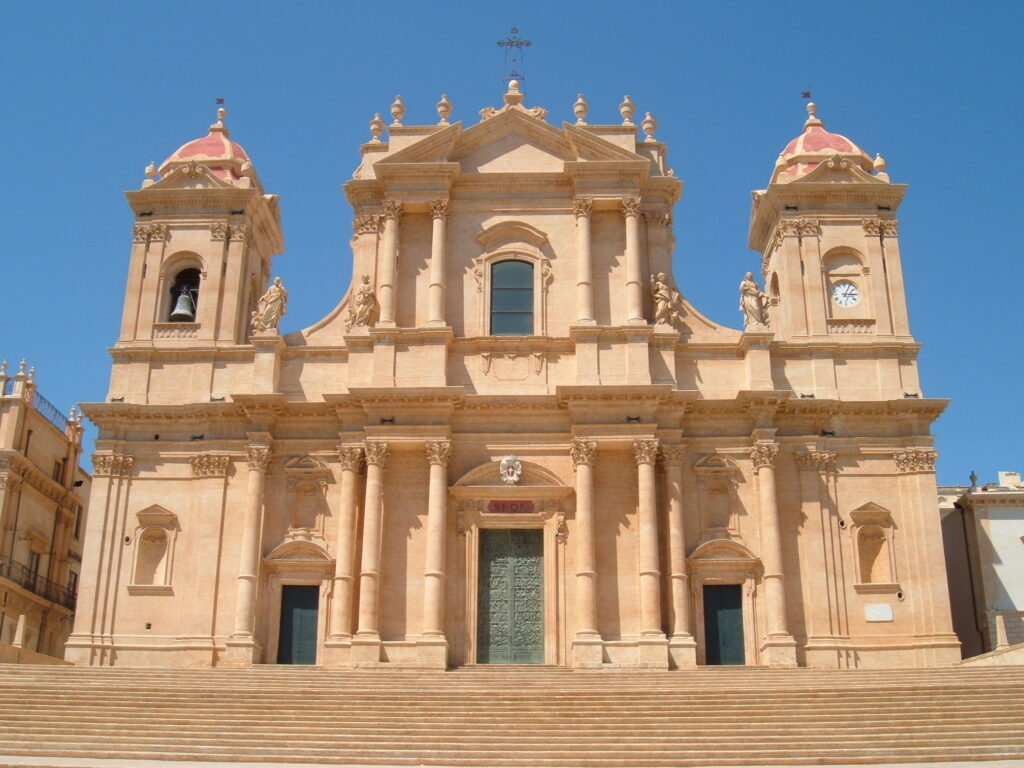
Late Baroque Towns of the Val di Noto – 2002
In 1693 an earthquake destroyed the entire city of Noto and 8 southeastern cities, an area known as the Val di Noto. The cities of Catania, Caltagirone, Militello Val di Catania, Modica, Noto, Palazzolo Acreide, Ragusa and Scicli, became an expression of the new art. Built around the end of the 17th century in golden limestone, the architecture reflects a very particular style known as Sicilian Baroque.
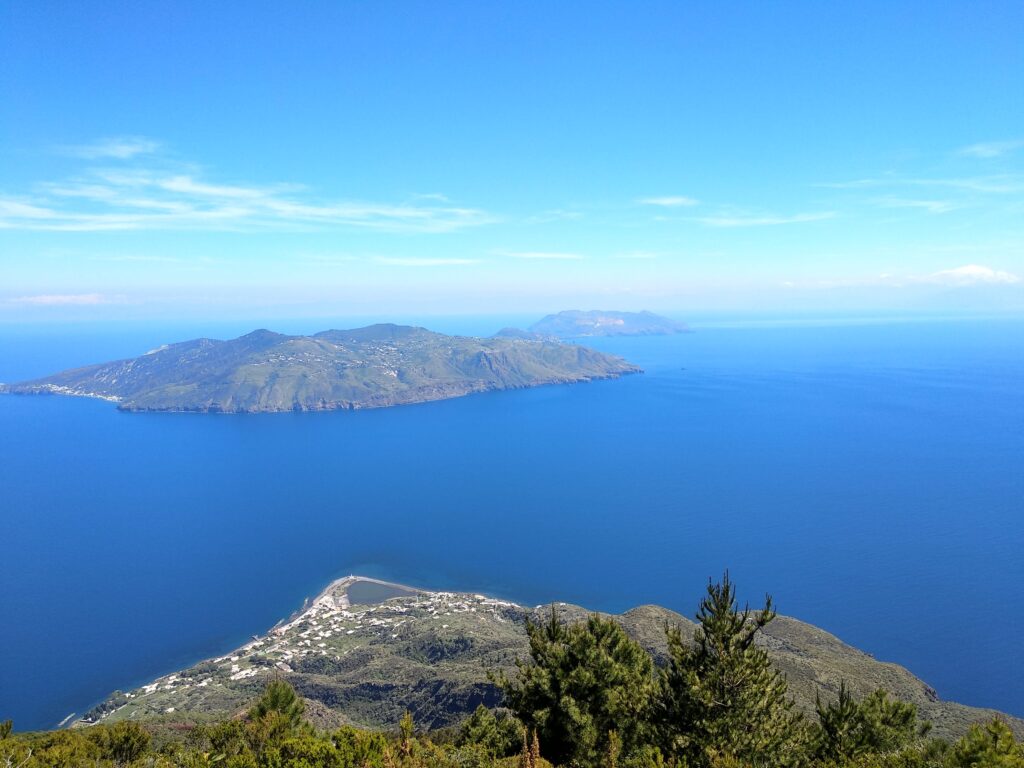
Aeolian Islands – 2000
The Aeolian Islands are located on the north of the coast of Sicily. These 7 islands define the archipelago: Panarea, Stromboli, Vulcano, Alicudi, Filicudi, Lipari, Salina.
The islands are all the product of volcanic activity and are separated from mainland Sicily by very deep waters. The islands are also home to several unique archaeological sites, including the prehistoric village of Filicudi and the Roman-era thermal baths on Lipari.
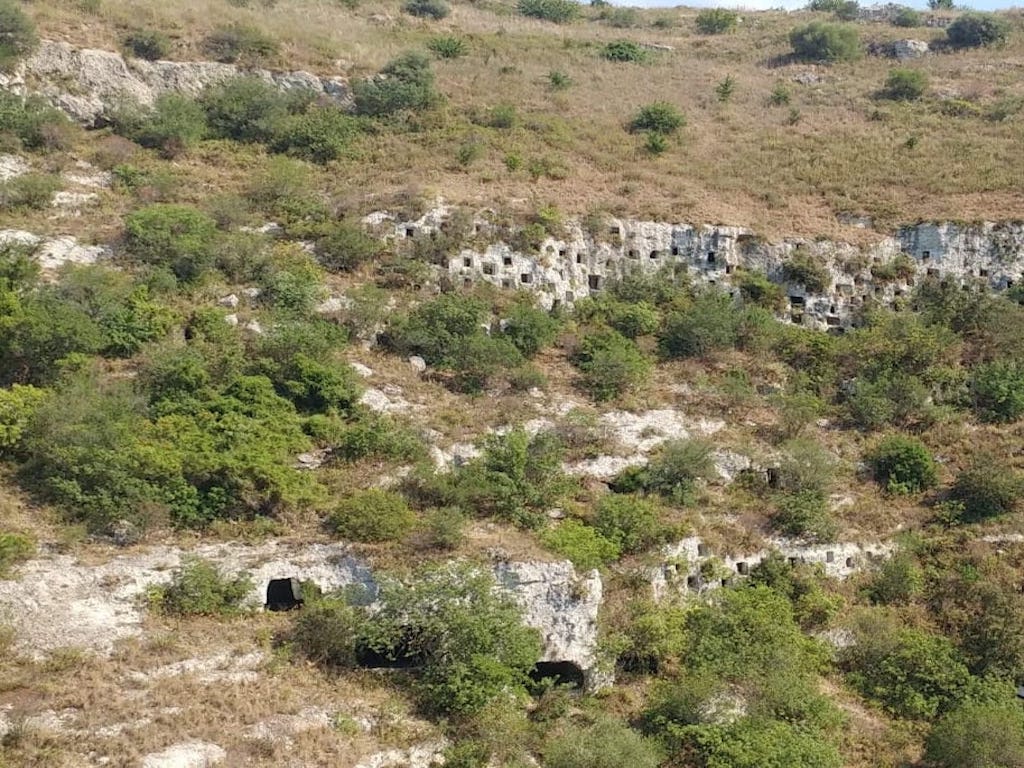
Syracuse and the Rocky Necropolis of Pantalica – 2005
The Necropolis, a naturally beautiful and peaceful place in the Iblean plateau, contains more than 5,000 tombs hewn from rock, mainly dating back from the thirteenth centuries B.C. Situated in the gorge of the Anapo River. All the area is full of colorful, flora, smells, animals.
The second part, Ancient Syracuse includes Ortigia, the original and old city center, founded by Greeks (Corinthians) in the 8th century B.C.
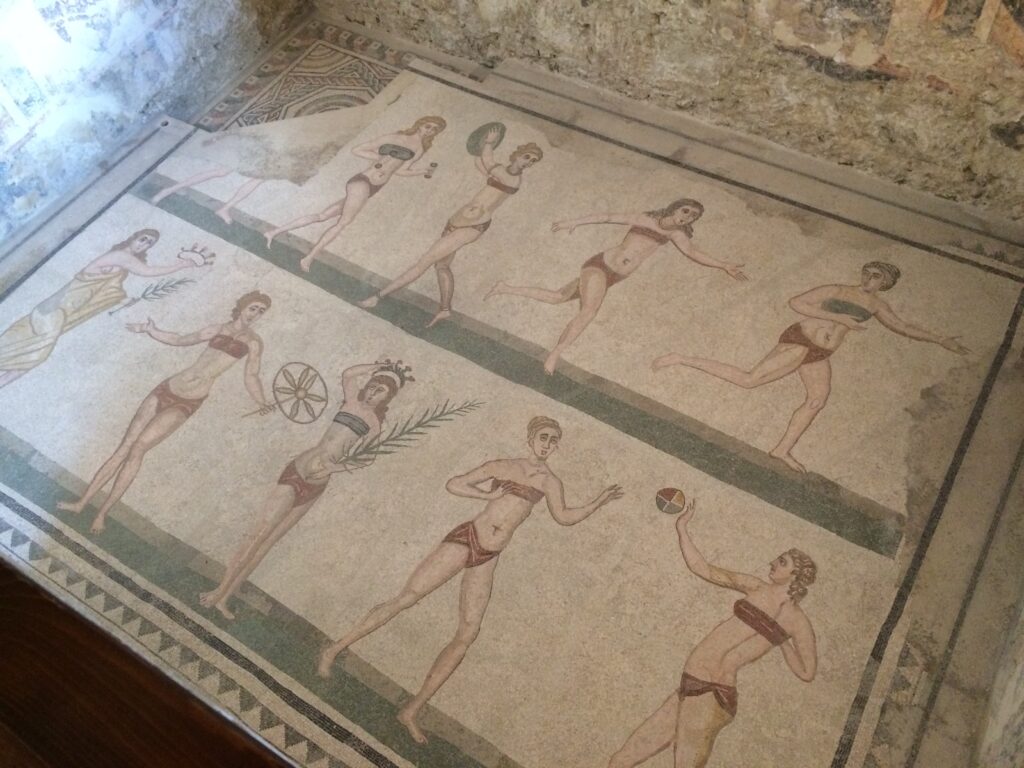
Villa Romana del Casale – 1997
This Roman Villa built in the 4th century is located in the countryside, near the town of Piazza Armerina. This is a supreme example of a luxurious Roman hunting villa a sophisticated construction. The villa contains some of the best-preserved Roman mosaics in the world, including the famous “Bikini Girls” mosaic.
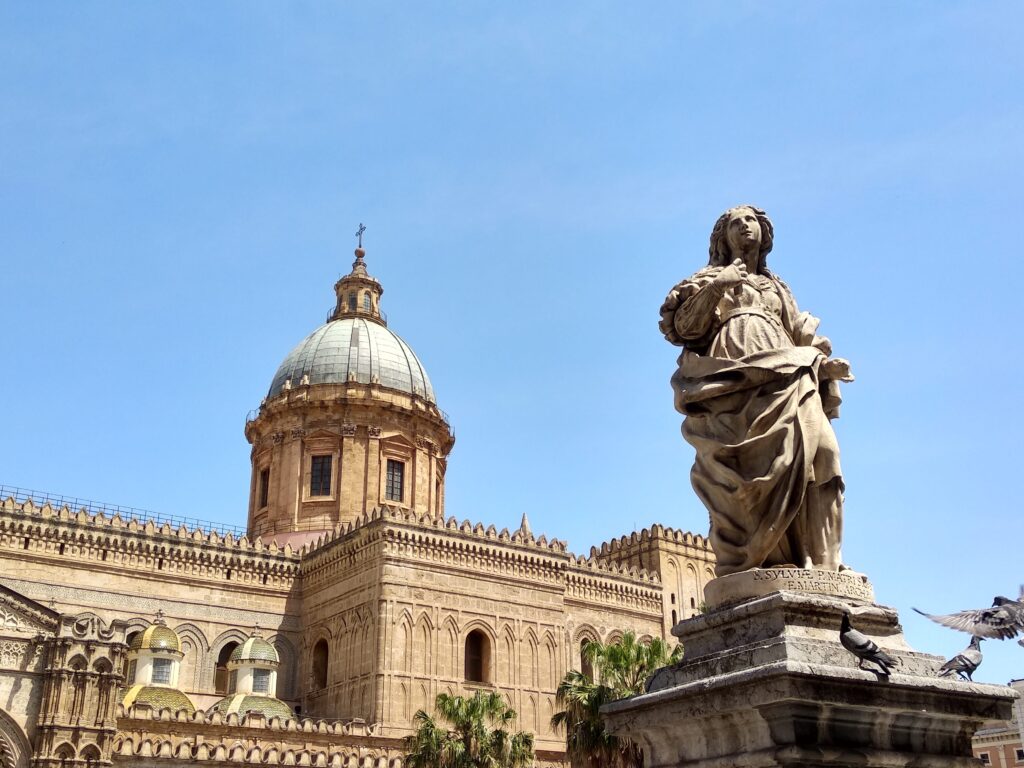
Arab and Norman Palermo including the Cathedrals of Cefalù and Monreale – 2015
Arab-Norman Palermo, includes a series of nine structures dating from the era of the Norman Kingdom of Sicily (1130-1194). Muslims, Byzantines, Latins, Jews, Lombards and the French often worked in tandem with the Normans to create the imposing structures of architectural significance.
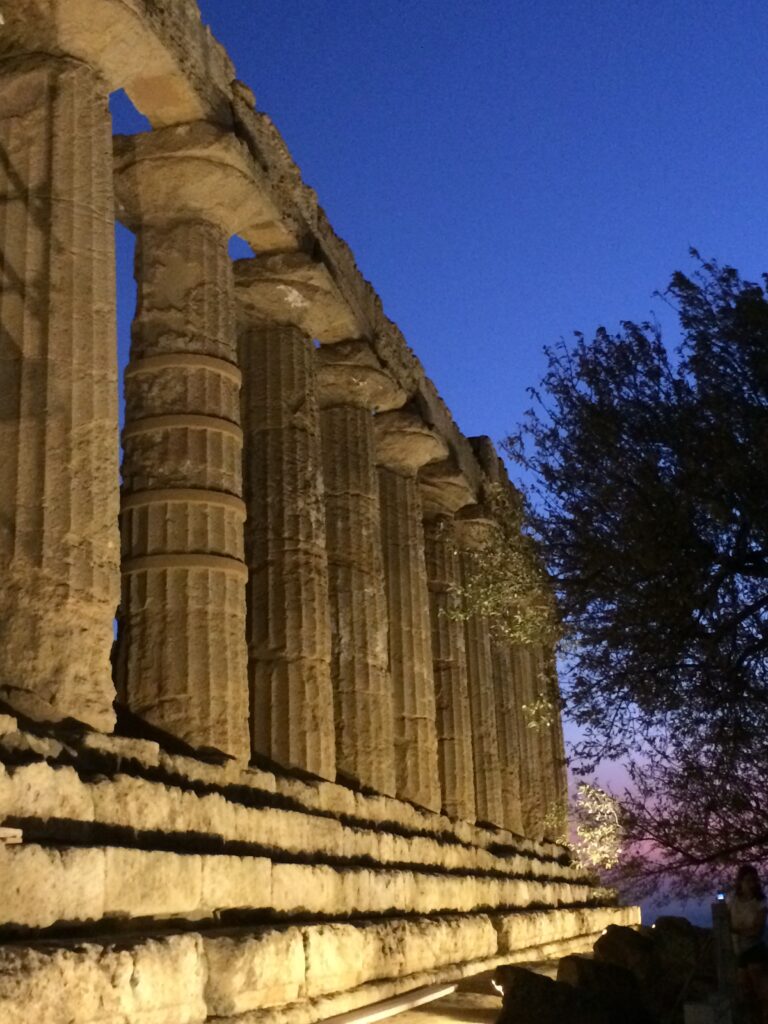
Archaeological Area of Agrigento – 1997
The original name was Akragas and it founded in the 6th Century B.C. The ancient city of Agrigento was an important city-state in the Magna Graecia. The site includes the remains of seven temples, including the Temple of Concordia, which is one of the best-preserved Greek temples in existence. The temples dominate this city, are all Doric in style and absolutely imposing. They are among the most exceptional monuments of Greek art and culture.
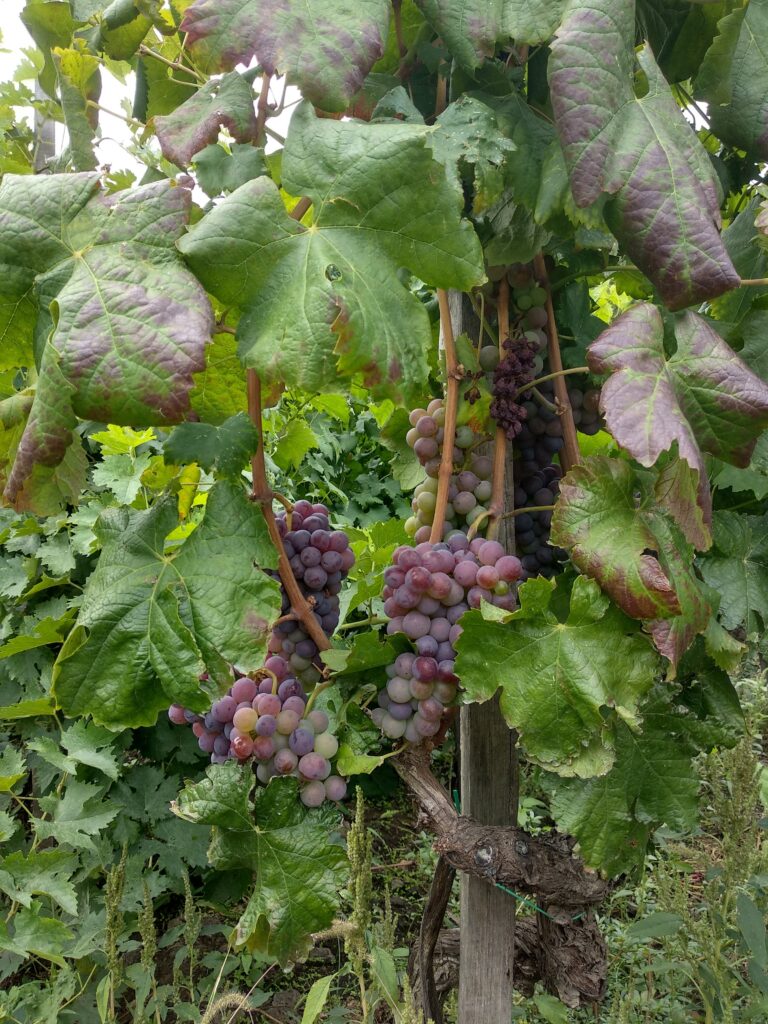
The Zibibbo Grape – 2014
The Zibibbo grape, grown on Sicily’s island of Pantelleria, just 40 miles from the coast of Tunisia, was included in UNESCO’s list of Intangible Cultural Heritage of Humanity in 2014, the first time ever for an agricultural product and the practice of making wine.
Zibibbo, a grape also known as Muscato di Alexandria (from Egypt), is among the oldest varietals in its unmodified state. It is said that it came to the island with the Arabs. Zibibbo means raisin in Arabic, or dried grape, and it is used to make Italian sweet wine, Passito.
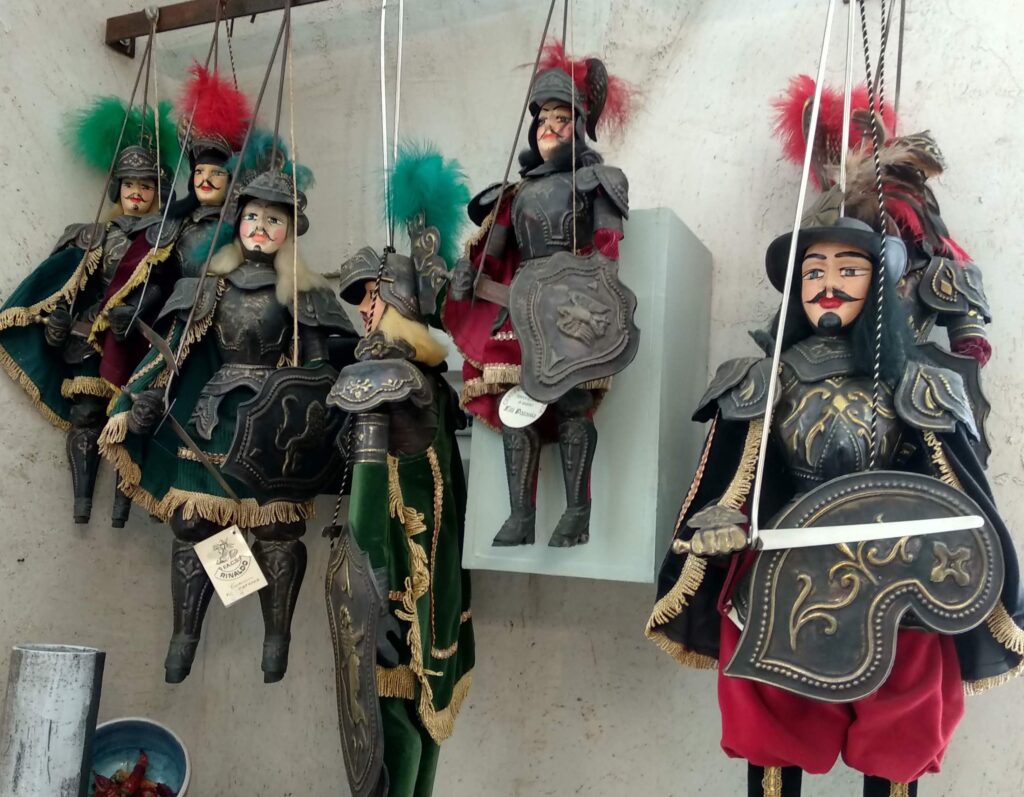
Opera dei Pupi – 2008
The puppet theatre known as the Opera dei Pupi was included in UNESCO’s list of Intangible Cultural Heritage of Humanity in 2008. I Pupari emerged in Sicily at the beginning of the nineteenth century and enjoyed great success among the island’s working classes. The puppeteers told stories based on medieval chivalric literature and other sources, such as Italian poems of the Renaissance, the lives of saints and tales of notorious bandits.